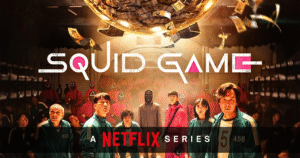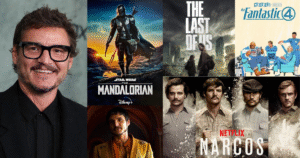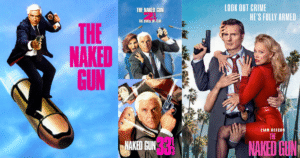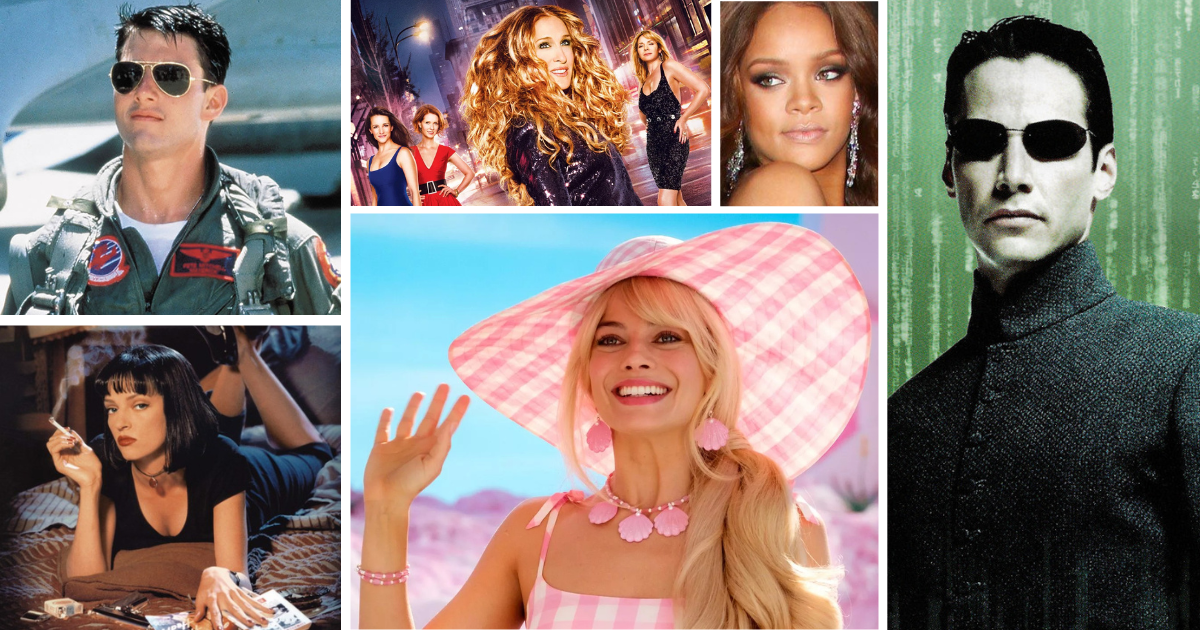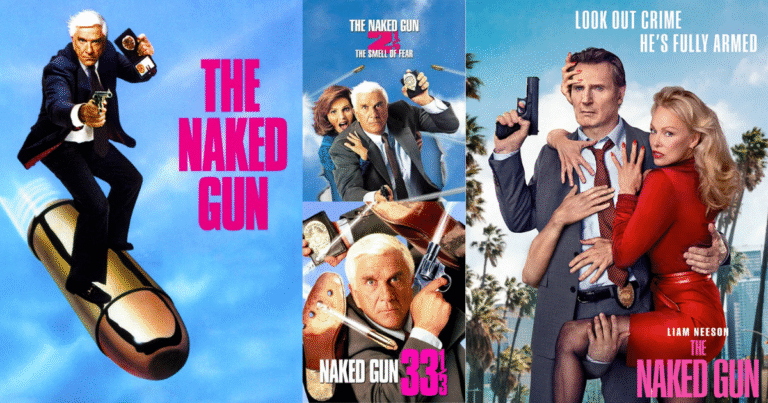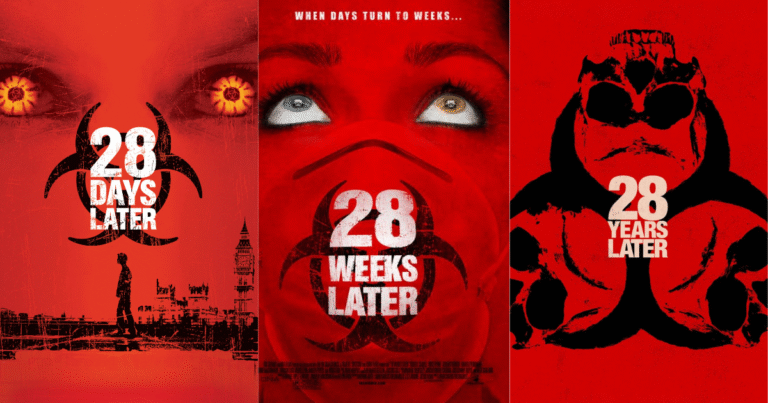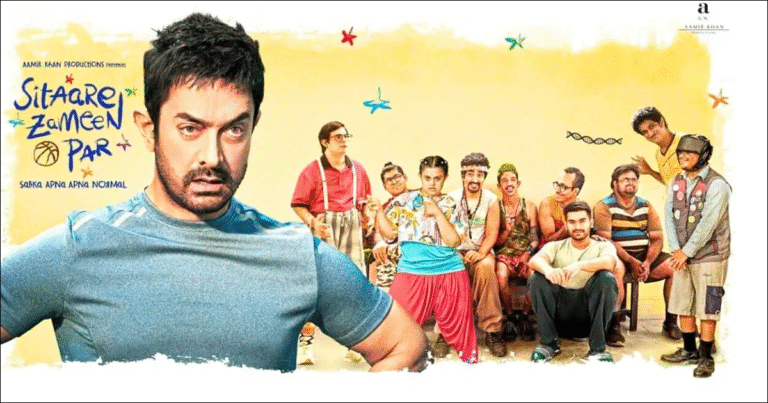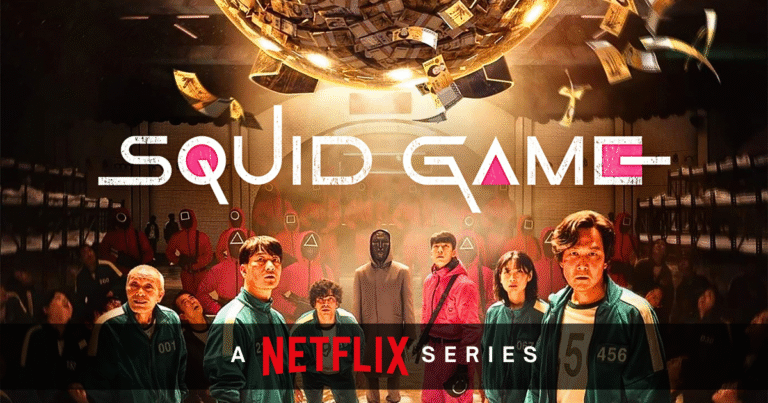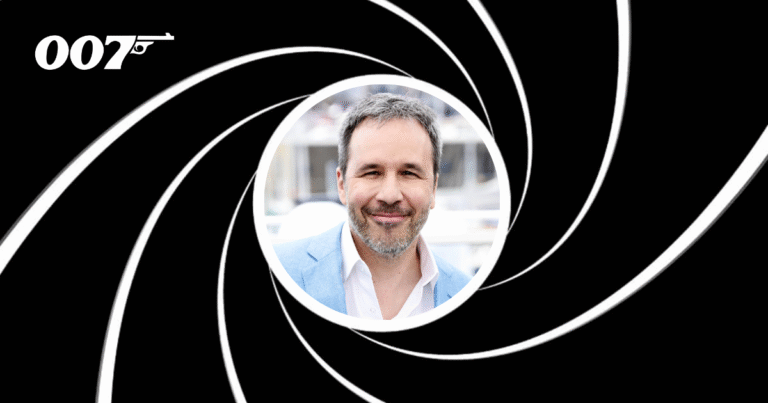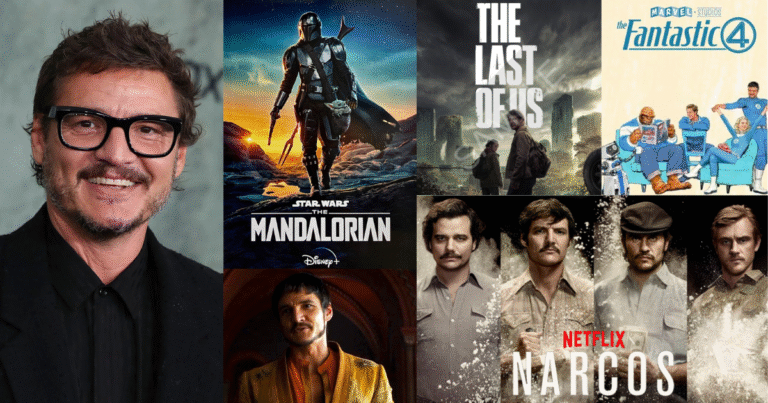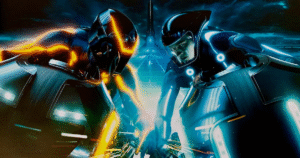When you think of movie icons like Audrey Hepburn in Breakfast at Tiffany’s, Uma Thurman in Pulp Fiction, or even Keanu Reeves in The Matrix, their style stays with you just as much as their performances. Fashion in movies has always been more than just costume, it’s a language. And over the years, it has deeply influenced what we wear in real life.
From leather jackets to little black dresses, film fashion has a powerful way of setting trends and shifting how people see style. In this post, we’ll look at how movie fashion has impacted real-world wardrobes, why it happens, and what it says about pop culture and identity.
When Movies Became Style Guides
Movies don’t just entertain us, they often show us who we want to be. Fashion plays a big part in that.
When Grease hit theaters in 1978, Olivia Newton-John’s black off-shoulder top and skin-tight pants sparked a wave of edgy glam. In the ’90s, Clueless brought plaid mini skirts and preppy chic back into every teenager’s closet. And who can forget the impact of The Devil Wears Prada, where each outfit felt like a statement piece—and audiences took notes?
These looks didn’t stay on the screen. They quickly made their way into store displays, magazine covers, and Instagram feeds (when that became a thing). People weren’t just watching a movie, they were being inspired by it.
Why Movie Fashion Hits So Hard
So why does fashion in movies have such a lasting impact?
First, movies are a form of storytelling, and clothes help tell that story. We associate outfits with emotion, transformation, or attitude. When a character has a strong visual identity, it becomes unforgettable. Think of Marilyn Monroe’s white dress in The Seven Year Itch, you’ve probably never even seen the film, but the image is iconic.
Second, the big screen makes things look larger than life. A leather trench coat might seem over-the-top in daily life, but when Neo wore it in The Matrix, it became futuristic and cool. That power of exaggeration lets movie fashion create trends that are aspirational, even if they’re not always practical.
Third, movies are everywhere. They reach millions at once. So when a look works on screen, it doesn’t take long before it’s copied, remixed, and made wearable in the real world.
Fashion Designers and Films: A Two-Way Street
Many fashion designers actually borrow from film culture, while filmmakers work with fashion experts to create unforgettable wardrobes. It’s a creative exchange that blurs the line between costume and clothing.
For example, Giorgio Armani dressed Richard Gere in American Gigolo, creating a look that helped redefine men’s fashion in the 1980s. Similarly, Sex and the City turned designer fashion into a major character on its own, influencing how people shopped, styled, and even thought about labels.
Today, with platforms like Instagram and TikTok, fashion inspired by movies spreads faster than ever. After Barbie hit theaters in 2023, sales of pink outfits and sparkly accessories surged across the globe. Whether ironic or sincere, the Barbiecore trend was a direct result of film fashion hitting the mainstream.
Not Just for Women: Male Style Icons from the Movies
While much of the focus is often on women’s fashion in film, male movie characters have shaped trends too. James Bond made suits cool again, clean lines, tailored fits, and timeless charm. Ryan Gosling in Drive brought back the scorpion jacket and minimalist cool. And Brad Pitt in Fight Club made vintage leather jackets and graphic shirts a streetwear staple.
These looks offered more than just style, they suggested a way of being. Confidence, rebellion, elegance. It’s why people don’t just want to dress like movie characters; they want to feel like them.
Costume Design as Cultural Commentary
Fashion in movies isn’t just about looking good. Sometimes, it tells us something deeper about society, power, or identity.
Take Black Panther, for example. The costumes blended futuristic design with African tradition, challenging outdated views of what both royalty and superheroes could look like. It wasn’t just about Wakanda, it sparked real-world conversations about cultural pride, representation, and fashion beyond the Western lens.
In a different way, Joker used costume to highlight the character’s psychological descent. The shift from drab clothes to a striking red suit wasn’t just visual, it was emotional. And it started real conversations about mental health, masculinity, and visibility.
When costume design aligns with cultural moments, it becomes much more than style. It becomes a statement.
The Rise of Movie-Inspired Fashion on Social Media
With today’s digital platforms, movie fashion moves faster than ever. After a movie is released, fans immediately recreate looks on Instagram, TikTok, or Pinterest. Tutorials, shopping links, and DIY hacks show how to get the same style at home.
This trend democratizes fashion. You don’t have to be rich to channel Rihanna in Oceans 8 or Zendaya in Dune. Thrift stores, fast fashion retailers, and creative re-styling make it accessible for everyone. Suddenly, movie fashion isn’t just about what you wear, it’s a way to participate in pop culture.
When Movie Fashion Becomes Everyday Style
Some trends start on screen and never really go away. The leather jacket from Rebel Without a Cause. The aviators from Top Gun. The trench coat from The Matrix. These looks started as statements and turned into wardrobe basics.
Even things like athleisure and oversized sunglasses trace their popularity back to movie stars. And when celebrities borrow these styles in real life, on red carpets or on the street, the line between screen fashion and real-world fashion disappears completely.
Wrapping It Up
Movie fashion has always had the power to inspire, influence, and even reshape the way we dress. It captures imaginations, tells stories, and taps into the emotions we feel when we connect with a character.
Whether it’s old-school Hollywood glam or today’s edgy street style, fashion from the movies keeps finding new ways to show up in our closets. And in a world where what we wear often says who we are, maybe that’s not such a surprise.
So the next time you put on a long coat, slip into a power suit, or buy a bold accessory after watching a film, remember, you’re not alone. The movies got you too.
